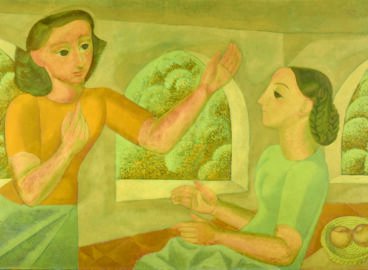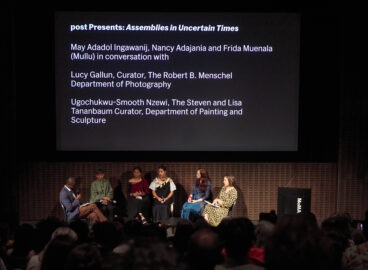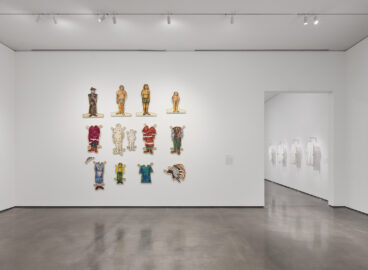Branislav Jakovljević, Claire Tancons, and Anoma Pieris consider how concepts related to self-representation and performativity not only generate sites of resistance, but also recast our perspective on established discourses of the national, ethnic, diasporic, and racial. Organized by C-MAP Fellows Meghan Forbes (for Central and Eastern Europe), Iberia Pérez (for Latin America and the Caribbean), and Prajna Desai (for Asia), this seminar in summer 2018 sought to engage such questions as: What are some of the modes by which specific collectives perform resistance to national narratives? How are artistic and spatial practices employed to perform countermodes of identity, citizenship, or belonging (to a community, diaspora, nation)? What are the challenges faced by self-fashioning practices within architectural histories? How are tensions between local art histories and national narratives interpreted through acts of resistance? Given the relevance of diasporic narratives and aesthetics in times of increasing global displacement and inequality, how can these frameworks be mobilized at our historical juncture?
Performing Identities: Self-fashioning in Visual Culture and Architecture
March 13, 2019


